A Nightmare on Elm Street 2: Freddy’s Revenge initially faced harsh criticism upon its release in 1985. However, time and evolving cultural perspectives have led to a significant re-evaluation of this controversial sequel. Once dismissed and even derided, Freddy’s Revenge is now celebrated, particularly for the very elements that sparked initial outrage: its overt and often debated homoerotic subtext. This film, directed by Jack Sholder, has transitioned from franchise misstep to a fascinating case study in queer horror and a cult classic ripe for rediscovery.
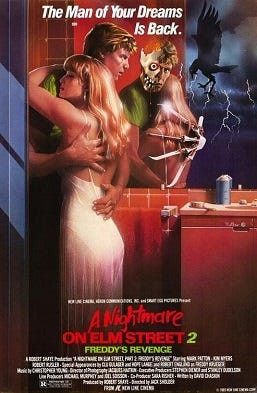 Mark Patton in A Nightmare on Elm Street 2: Freddy's Revenge, a film now celebrated for its queer themes.
Mark Patton in A Nightmare on Elm Street 2: Freddy's Revenge, a film now celebrated for its queer themes.
Initial Backlash and Misinterpretation of Queer Themes
The 1980s, particularly the Reagan era, was not a welcoming time for open discussions of LGBTQ+ themes in mainstream cinema, especially within the horror genre. Released during the height of the AIDS crisis, Freddy’s Revenge arrived amidst a climate of fear and prejudice. The film’s perceived “gayness” was not only misunderstood but actively condemned by many critics and viewers. This negative reception contributed to its initial failure and branded it as a weak link in the otherwise successful Nightmare on Elm Street franchise. The prevalent view at the time was that the film’s overt homoerotic undertones were a detriment, something that “ruined” the essence of Freddy Krueger and the series itself.
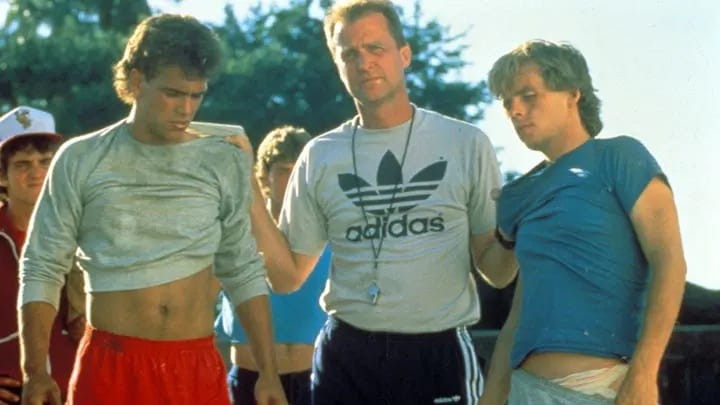 Film still from Nightmare on Elm Street 2 showing Freddy Krueger menacing Jesse Walsh in a dream sequence, highlighting the film's horror elements.
Film still from Nightmare on Elm Street 2 showing Freddy Krueger menacing Jesse Walsh in a dream sequence, highlighting the film's horror elements.
Unpacking the Queer Subtext in Freddy’s Revenge
Looking back, it’s undeniable that Freddy’s Revenge is steeped in homoeroticism. The protagonist, Jesse Walsh, portrayed by Mark Patton, moves into the infamous Elm Street house. From the outset, Jesse struggles with a terrifying presence attempting to possess him – Freddy Krueger. This possession is not merely physical; it’s deeply psychological and resonates with the anxieties of a closeted gay teenager. Freddy becomes a manifestation of Jesse’s internal conflict, a “nightmarish manifestation” of his repressed homosexuality threatening to consume him.
The film is riddled with suggestive scenes and dialogue. Jesse’s constant sweating, his frequently shirtless state, and the numerous homoerotic scenarios—involving showers, gymnasiums, and even a spanking scene with a gym teacher—are hard to ignore. When Jesse cries out, “He wants to get inside me,” the double entendre is unmistakable. Freddy’s desire to “own” Jesse can be interpreted as a metaphor for the fear of being dominated and controlled, anxieties acutely felt by those grappling with their sexual identity in a heteronormative society.
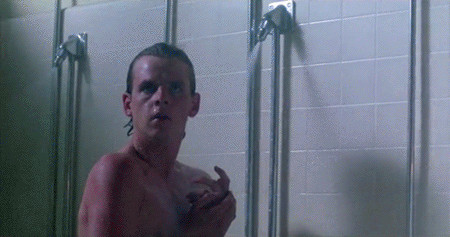 GIF image from Nightmare on Elm Street 2 showcasing a scene with Freddy Krueger's glove, emphasizing the film's visual horror style and iconic villain.
GIF image from Nightmare on Elm Street 2 showcasing a scene with Freddy Krueger's glove, emphasizing the film's visual horror style and iconic villain.
Mark Patton: The Accidental Scream Queen and Queer Icon
The documentary Scream, Queen! My Nightmare on Elm Street profoundly explores the impact of Freddy’s Revenge on Mark Patton’s life and career. Patton became inextricably linked with the film’s gay subtext, even though he was not responsible for the screenplay or direction. In a cruel twist of fate, the film effectively “outed” Patton at a time when being openly gay in Hollywood, particularly in horror, was career suicide.
The documentary title itself, Scream, Queen!, highlights the film’s subversion of gender roles. Jesse, the male protagonist, embodies the “final girl” archetype typically reserved for women in horror movies. He is the vulnerable, screaming victim, while his girlfriend, Lisa, becomes the proactive hero attempting to save him. This role reversal further solidifies the film’s queer sensibility and contributes to its unique place within the slasher genre.
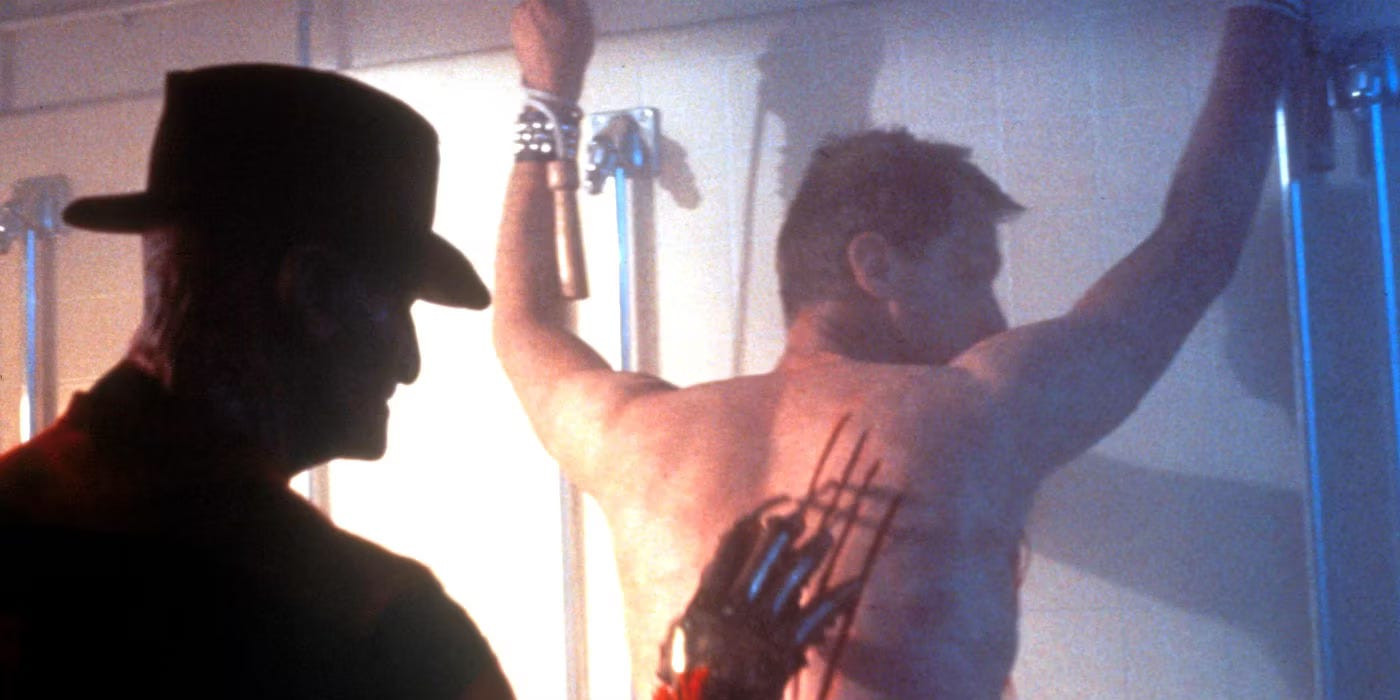 Promotional image for the documentary "Scream, Queen! My Nightmare on Elm Street", featuring Mark Patton and highlighting the film's exploration of queer themes in horror.
Promotional image for the documentary "Scream, Queen! My Nightmare on Elm Street", featuring Mark Patton and highlighting the film's exploration of queer themes in horror.
Dreamlike Surrealism and Enduring Strangeness
Beyond its queer themes, Freddy’s Revenge distinguishes itself with its unsettling, dreamlike atmosphere. Director Jack Sholder maintains the surreal quality established by Wes Craven in the original Nightmare on Elm Street, but amplifies it. Even mundane scenes carry an undercurrent of unease, blurring the lines between reality and nightmare. This pervasive sense of strangeness enhances the film’s impact and contributes to its cult status.
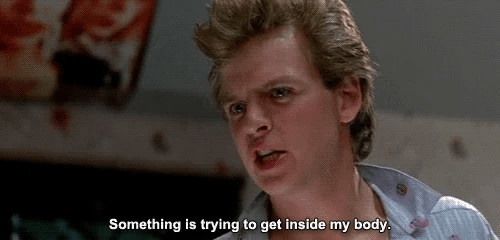 Publicity shot of Mark Patton and Kim Myers in Nightmare on Elm Street 2, depicting the film's teenage characters and elements of 80s horror aesthetic.
Publicity shot of Mark Patton and Kim Myers in Nightmare on Elm Street 2, depicting the film's teenage characters and elements of 80s horror aesthetic.
The Infamous Pool Party Scene: A Departure from Logic
One of the most debated and criticized sequences in Freddy’s Revenge is the pool party massacre. Freddy seemingly breaks the established rules of the Nightmare on Elm Street universe by manifesting in the real world to attack teenagers at a pool party. This scene, while visually striking and undeniably horrific, is often cited as an example of the film’s departure from the internal logic of the series. However, even this seemingly illogical scene can be interpreted through a queer lens. The chaotic, out-of-place nature of Freddy’s intrusion into the “real world” could symbolize the feeling of being an outsider, of having one’s “nightmare” – one’s queer identity – violently disrupt the perceived normalcy of heterosexual suburban life.
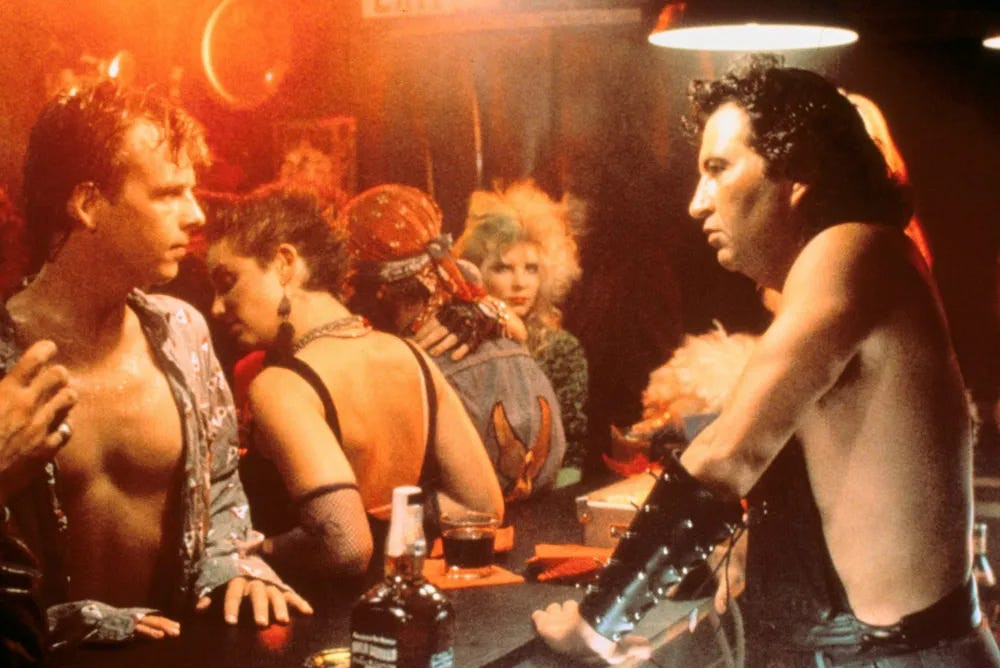 Film frame from Nightmare on Elm Street 2 showing Jesse Walsh and Lisa Webber interacting, highlighting the film's teenage romance subplot.
Film frame from Nightmare on Elm Street 2 showing Jesse Walsh and Lisa Webber interacting, highlighting the film's teenage romance subplot.
Conclusion: A Queer Classic Ahead of Its Time
A Nightmare on Elm Street 2: Freddy’s Revenge is far from a typical horror sequel. It’s a film that defied conventions, albeit perhaps unintentionally, and in doing so, carved out a unique and significant space for itself. What was once deemed a flaw is now recognized as its greatest strength. Freddy’s Revenge transcends simple slasher tropes, offering a complex and layered exploration of repressed identity, fear, and societal prejudice, all wrapped within the terrifying world of Freddy Krueger. Its enduring legacy lies in its queerness, its strangeness, and its capacity to provoke discussion and re-evaluation decades after its initial, and largely negative, reception. It stands as a testament to how cultural context shapes our understanding of film and how time can reveal hidden depths and unexpected brilliance in even the most initially maligned works.
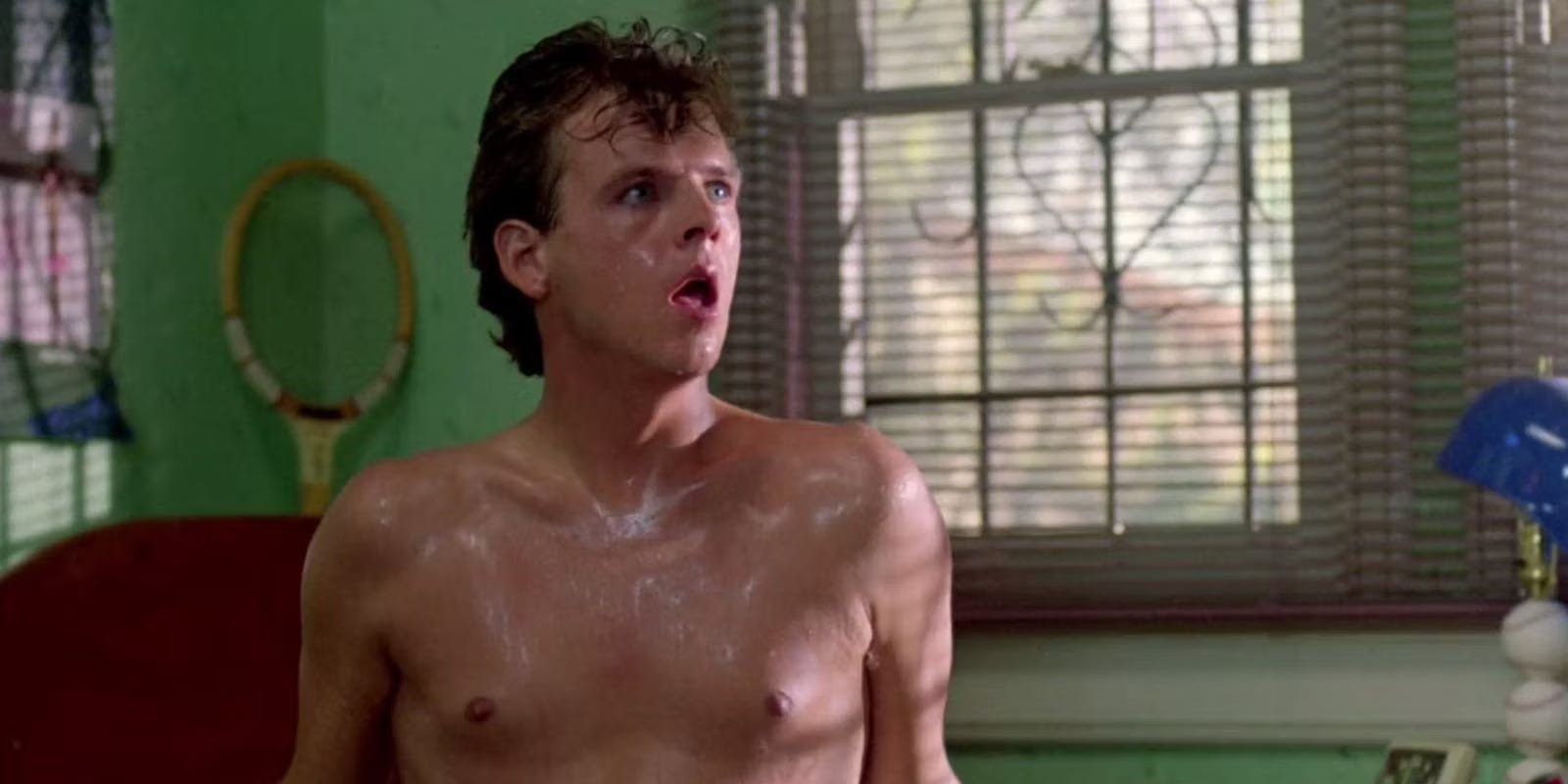 Promotional still from Nightmare on Elm Street 2 showing Freddy Krueger with his razor glove, emphasizing the iconic horror villain and the film's slasher elements.
Promotional still from Nightmare on Elm Street 2 showing Freddy Krueger with his razor glove, emphasizing the iconic horror villain and the film's slasher elements.
